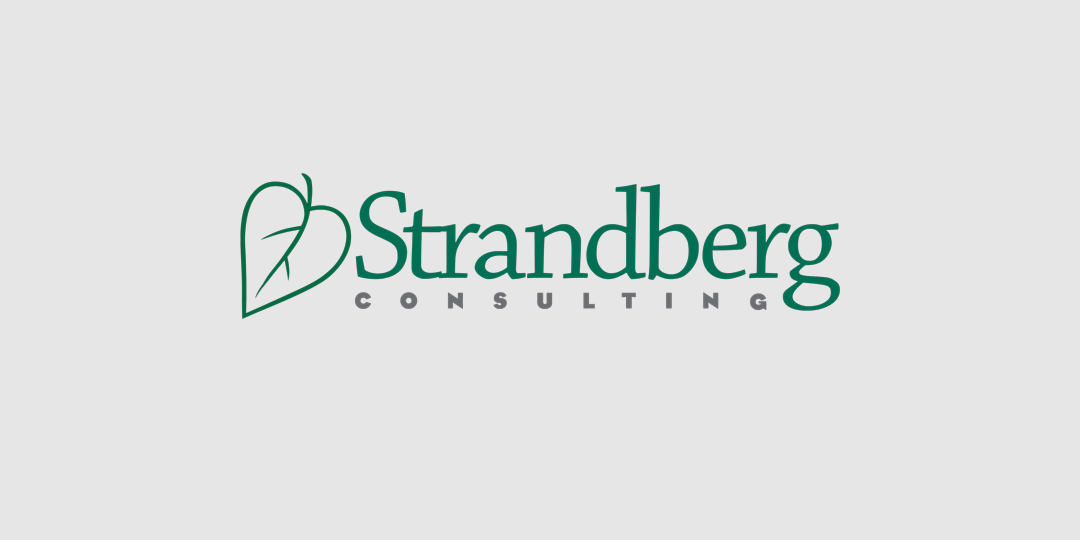When I was a director of a financial institution in the 1990s, we struggled in vain to get top executives to pay attention to the Board’s sustainability priorities. To no avail. Then we stumbled upon the idea of rewarding the CEO for long-term sustainability performance. The result? We saw a dramatic improvement in the company’s sustainability performance from then on (financial performance too!). Once we realized the impact of this simple measure, the board quickly embedded the principle in its compensation philosophy, which, in turn, spread the concept throughout the management ranks.
Investor scrutiny of “pay for breathing” practices shows results
Spurred by the global financial crisis, investors increasingly scrutinize the “pay for breathing” practices of company boards. Their interest has achieved results. Research shows that 64 per cent of the companies in Standard & Poor’s 1500-stock index attached performance criteria to company shares in 2011, up from 20 per cent in 2002. This is having a slow knock-on effect on sustainable pay incentive schemes.
The global platform of responsible investment research firm Sustainalytics reveals a modest increase, from 13 to 16 per cent of company boards that considered environmental, social and governance (ESG) factors in executive compensation from 2010 to 2012.
Sustainalytics Global Research
Companies that reported use of ESG remuneration factors from 2010-2012
| 2010 | 2012 | |
| Number of companies tracked | 2095 | 2888 |
| Informally considered ESG factors | 116 | 260 |
| Explicitly tied ESG to performance targets | 164 | 194 |
This data set applies primarily to large-cap companies in developed markets that are constituents of key global indices tracked by Sustainalytics.
Notably, the number of companies that informally consider ESG factors is growing at a faster rate than those with formal practices. This reflects the maturation of corporate sustainability and company boards as they pioneer non-financial performance metrics in the absence of universal guidance. As boards venture into new territory, they are less likely to have established metrics, targets and weightings than boards and companies further along the sustainability path. This confidence comes with experience and peer normalization.
The right relevant and stretch targets can influence executive ESG performance
This is very challenging territory for boards and their traditional advisors. I have seen instances where executives are compensated on the basis of employee commuting results and office recycling rates. As sustainability becomes material to corporate success, it will become increasingly important to identify the most relevant and stretching targets to influence executive performance.
Indeed, my recent research into Canadian sustainable pay practices found an over-reliance on compliance and value protection measures, such as injury and spill rates, and limited attention on value creation or resource efficiency goals. Globally the sustainability-pay link is not much more advanced. However, as my research found, there is more evidence of diversity, green product portfolio, energy efficiency and GHG reduction targets in global sustainable pay packs – all good signs. Given the board compensation ritual of setting performance targets that meet or beat peer results and relentless investor pressure, we can expect sustainable pay to become more prevalent and formalized in future.
Annual sustainable pay incentives are good, long-term are better
There is a slow but perceptible move to sustainable performance incentives. However, this is only found in annual incentive plans. Very few companies include sustainability metrics in their long-term (three-year) incentive programs. I have found only one corporate example to date – DSM, a public Dutch-based multinational life sciences and materials sciences company. DSM produces a wide range of products including food and dietary, pharmaceutical, automotive and alternative energy. The company includes one financial and one non-financial long-term performance target in their long-term incentive plan, each worth 50 per cent:
- Financial: Comparable Total Shareholder Return (TSR) performance versus a peer group
- Non-financial: Greenhouse-gas emissions reduction over volume related revenue
Getting Started
Here are some guidelines to help develop sustainability metrics for executive remuneration:
- Include material metrics tied to sustainability and corporate strategy goals
- Include a mix of value protection and value creation metrics
- Pre-set targets, weights and metrics in advance
- Include in short and long-term incentive plans
- Ensure metrics are auditable
- Consider about one to three metrics, weighted no less than 20 per cent of total incentive compensation
If your company is new to sustainability and doesn’t have relevant sustainability performance data, qualitative sustainability indicators are your best bet. Get started with “the development of a sustainability strategy and targets” or “the publication of a sustainability report” as metrics. Sustainability leaders can use their concrete quantitative targets for executive pay plans. Either way, make them meaningful and challenging, so that sustainability doesn’t become “another way to pay” chief execs.
As with anything in sustainability, this practice is an educational journey. Evaluate the incentive’s success. Does it achieve the performance goals? Were there unintended effects? Then improve on shortcomings. As compensation professionals and their boards build their competency in this area, more and more executives will be properly compensated for their company’s holistic performance.


